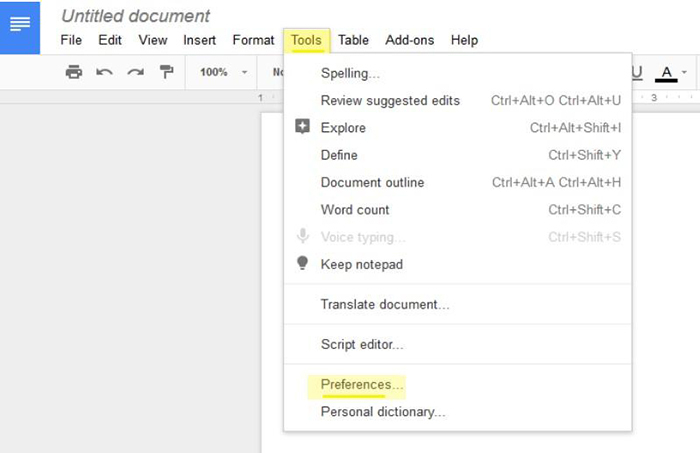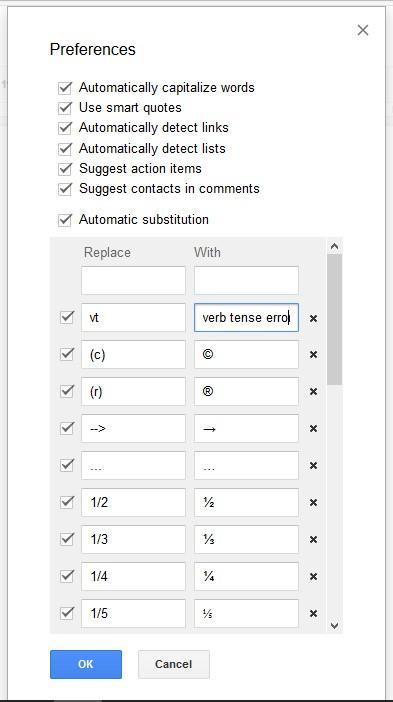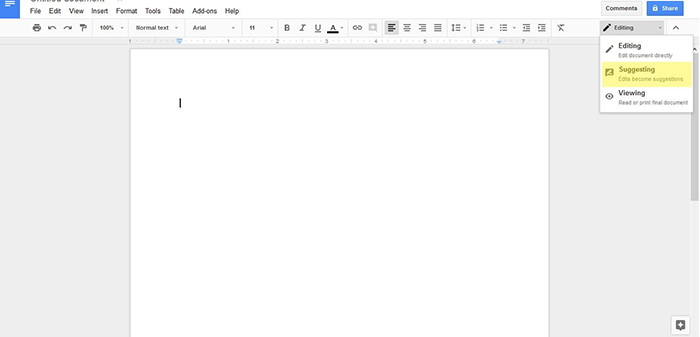Keyboard shortcuts to speed up formative feedback
Have you ever had a sore hand after writing almost identical comments on the copies of all your students, again and again? Did you know that when correcting digital documents, you can avoid this by setting up automatic substitution codes? In addition, by creating keyboard shortcuts, you can give students detailed feedback. I do it in Google Docs, but it’s possible with other word processing tools!
Get more done… more quickly!
In the winter semester of 2016, as part of a virtual team teaching project, I had to work with the Google Drive suite for the first time. I therefore decided to correct student work in digital format.
When I corrected on paper, I had always ended up writing the same information and the same comments on the assignments for as many as 80 students. “Incorrect verb tense, use the simple past.” On the last copies, I ended up writing less, or using codes, tired of repeating myself. But just because I wrote a comment dozens of times on other copies does not mean that a student did not need me to write it on his. And the problem with correction codes is that they do not provide feedback as clearly as using complete sentences.
While correcting my students’ Google Docs documents, I discovered that it is possible to use automatic substitution with keyboard shortcuts. This allowed me to save a lot of time while providing rich and clear feedback to the student. For example, when I type “sp” on the keyboard, I can program the message “Your verb tense is incorrect. You need to use the correct form of the simple past. Check with me if necessary” to appear. By using different codes, I can customize the feedback that the students see, depending on their level of English.
How to define automatic substitution codes
In Google Docs, open the “Tools” menu, then select “Preferences”.

In the “Tools” menu, select “Preferences”.
The dialog box where you can set the automatic substitutions appears. In the “Replace” column, write a short code that you want to type on the copies. In the “With” column, write the message you want the student to see.

Enter the short codes you wish to use in the left-hand column and the long comments that should replace them in the right-hand column.
From now on, in the student’s Google Doc text, as soon as you type a code such as “vt” for example, then press the space key or the return key, the comment you entered, such as “Your verb tense is incorrect,” will appear.
Moreover, since in English as a second language our students are ranked by level (100, 101, 102, 103), I create codes to provide appropriate feedback according to their level of English. For example, when a student at the 100 level misuses the past tense, I use the code “0sp”, which reads “Use the simple past here. Check with me if necessary.” However, for a student at the 102 level, I use the code “2vt,” which gives “Verb tense error” because a student at the 102 level (advanced) is able to figure out what verb tense should be used.
One tip I suggest is that you create a Google account specifically for receiving and correcting student work. In this way, your automatic substitution codes will not interfere with your personal documents.
How to use automatic substitution
When I correct a student’s document, I work in “Suggesting” mode.

Select the Suggesting mode by clicking on the ”Editing” button in the top-right corner of a Google document.
In Suggesting mode, the text you type appears in colour in the document, accompanied by a comment box in the right margin.

A student’s text I corrected.
As I also put my additions in square brackets ([…]), my feedback is easily distinguished from the text.Of course, I do not limit my feedback to the comments I’ve coded. When I have specific comments about a student’s work, I add them directly. But I estimate that the 40 or so automatic substitution codes I have defined allow me to provide about 80% of the feedback I write to students.
What about Microsoft Office?
I use Google Docs because of the benefits associated with cloud computing. The texts are saved automatically, students have access to their files on any device, and they can work as a team on the same text, even remotely. In a formative evaluation context, it’s perfect for me. However, Google Docs is not the only tool that offers these benefits. For instance, it is also possible to define automatic substitution codes in the software programs of the Microsoft Office suite.


